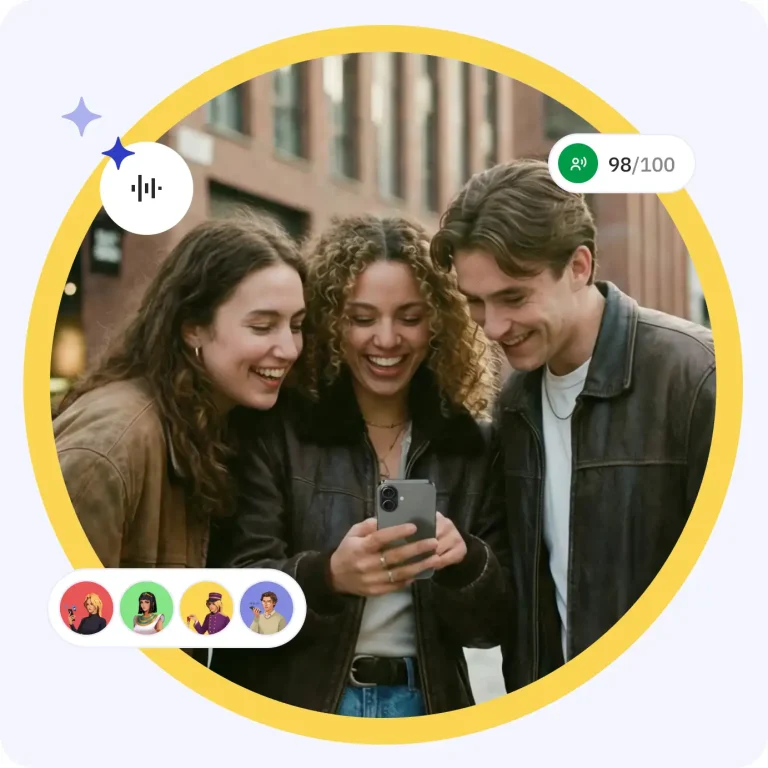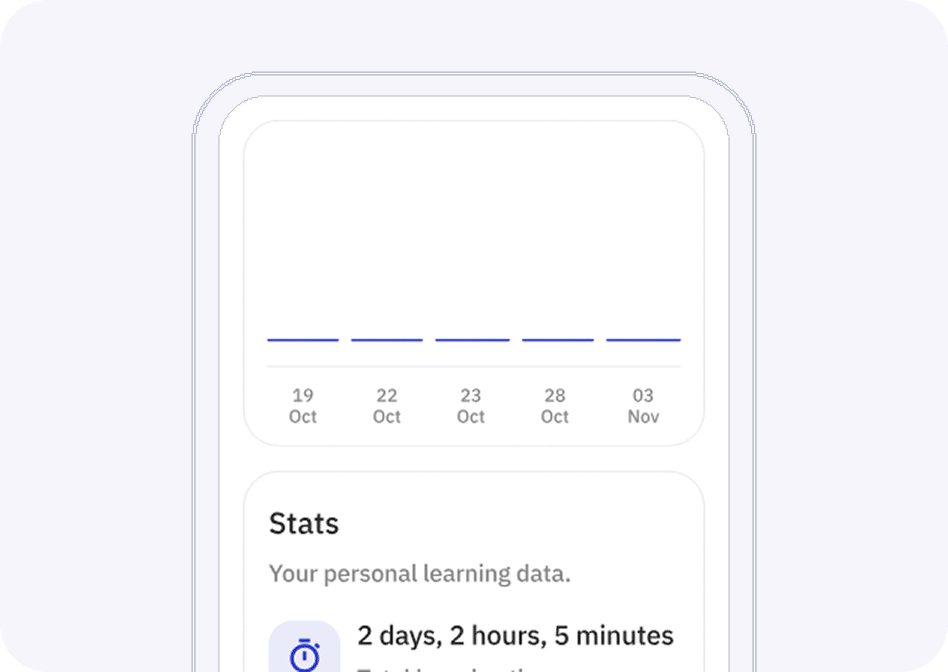Best Way to Learn another Language
Learning a new language opens up a world of opportunities. It allows you to connect with others across cultures, boosts your employability, and enhances cognitive skills. However, the process can be daunting, especially when deciding the best way to learn. In this discussion, we delve into effective methodologies for language acquisition, including innovative tools like Talkpal AI, which can remarkably simplify and expedite your learning journey. Whether you’re a beginner or looking to sharpen your skills, these strategies will guide you towards fluency.

The talkpal difference

Personalized Education
Every student has a distinct approach to acquiring knowledge. By utilizing Talkpal’s technology, we analyze the learning patterns of millions of users at the same time. This data allows us to craft highly effective educational tools that are fully tailored to match the specific needs and interests of every individual.

Cutting-Edge Technology
Our main goal is to lead the way in providing universal access to a custom-tailored learning journey. We accomplish this by leveraging the most recent breakthroughs in modern innovation to ensure every user benefits from sophisticated tools and AI tutoring.

Making Learning Fun
We have transformed the study process into an entertaining activity. Since maintaining momentum can be difficult in an online setting, we built Talkpal to be incredibly captivating. The platform is so engaging that people often prefer acquiring new language skills with our app rather than playing video games.
LANGUAGE LEARNING EXCELLENCE
The most efficient way to learn a language
Try Talkpal for freeIntroduction to the Best Way to Learn Another Language
1. Embracing Technology in Language Learning
In the digital age, technological advancements have revolutionized the way we learn languages. Talkpal AI, a cutting-edge tool, uses artificial intelligence to create personalized learning experiences. This platform identifies your learning patterns and tailors exercises to boost your language proficiency. With features like speech recognition and real-time feedback, Talkpal AI ensures that learners practice correct pronunciation and sentence structure, which are crucial in mastering a new language. This approach not only saves time but also keeps the learner engaged and motivated.
2. Interactive Language Practice
To effectively learn a new language, interaction is key. Engaging in conversations with native speakers provides real-world practice that strengthens your language skills. This is where platforms like Talkpal AI stand out; they simulate real conversations and provide an interactive experience that traditional textbooks cannot. By regularly using these interactive tools, learners can improve their language comprehension and conversational skills, making the learning process both enjoyable and effective.
3. Cultural Immersion Through Virtual Reality
One revolutionary way to learn a new language is through virtual reality (VR). VR platforms immerse you in the cultural context of the language, providing a rich sensory experience that textbooks or audio lessons cannot match. This immersion aids in understanding not just the language itself, but also the gestures, nuances, and cultural norms associated with it. By simulating real-life interactions and environments, learners can practice language skills in a context that mimics actual conversations and scenarios they are likely to encounter.
4. Systematic Learning With Structured Courses
While technology and innovative tools are helpful, a structured course is indispensable for systematic learning. Structured courses provide a clear path from basic to advanced levels, ensuring that all the fundamental aspects of the language are covered. These courses often include a well-rounded curriculum that encompasses reading, writing, speaking, and listening skills, supplemented by assessments to monitor progress. By following a structured plan, learners can ensure that they build a solid foundation of the language, with no gaps in knowledge.
5. The Role of Mobile Apps in Language Learning
Mobile apps have become indispensable in the way to learn new languages. Apps allow learners to practice on-the-go, fitting lessons into busy schedules. Talkpal AI and similar applications offer short, digestible modules that can be completed during a commute or lunch break. These apps often utilize gamification, making learning engaging and addictive. Moreover, regular updates keep the content fresh and in line with modern usage, not to mention that many apps offer the ability to interact with a global community of learners.
6. Using Multimedia Resources
Multimedia resources such as videos, podcasts, and audiobooks offer diverse ways to enhance language learning. Watching movies and listening to music in the target language can significantly improve listening skills and pronunciation while providing entertainment. Such resources expose learners to the language as used in various contexts, which enriches vocabulary and comprehension. This method helps learners acquire a natural flow in the language, tuning their ear to different accents and dialects within the same language.
7. Community Learning and Language Groups
Joining language learning groups or community classes can be highly beneficial. These groups provide an opportunity to practice with others who are at similar learning stages, offering mutual support and encouragement. Community learning fosters a sense of togetherness, making the journey less intimidating and more fun. Furthermore, it encourages accountability and consistency, critical factors in the success of any long-term learning endeavor.
8. Incorporating Language Learning into Daily Routine
Integration of the new language into your daily routine is an effective way to enhance learning. Simple changes, like setting your devices to operate in the target language, can be a form of passive learning that reinforces new vocabulary and structures. Engaging in daily conversations, even about mundane topics, helps solidify learning and builds confidence in using the language in practical situations.
9. Feedback and Continuous Improvement
Continuous feedback is vital for learning languages. Tools like Talkpal AI provide instant feedback on pronunciation and grammar, which is crucial for correcting mistakes early on. Regular interaction with tutors or native speakers also provides corrective feedback that no software can emulate perfectly. Additionally, keeping a journal of feedback received and progress made can be motivating and help learners focus on areas needing improvement.
10. Setting Realistic Goals and Celebrating Milestones
Lastly, setting achievable, incremental goals can make the process of learning a new language feel less overwhelming. Celebrating milestones as you go not only marks progress but also boosts motivation. Whether it’s mastering a complex grammatical structure, carrying out a full conversation, or understanding a film without subtitles, small victories pave the way to fluency.
The most efficient way to learn a language
Try Talkpal for freeFrequently Asked Questions
What is the most effective way to start learning a new language?
How long does it typically take to become fluent in a new language?
Are language learning apps effective in becoming fluent?
What role does cultural immersion play in language learning?
Can I learn more than one language at the same time?







